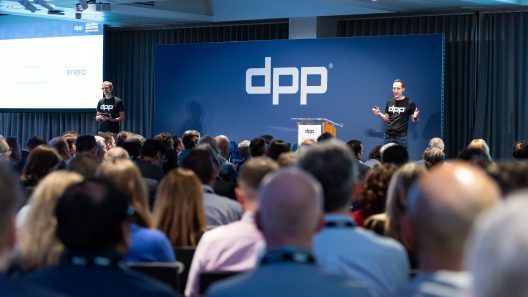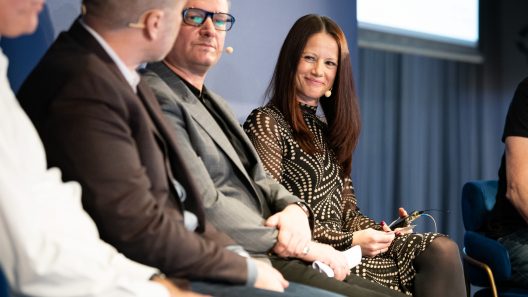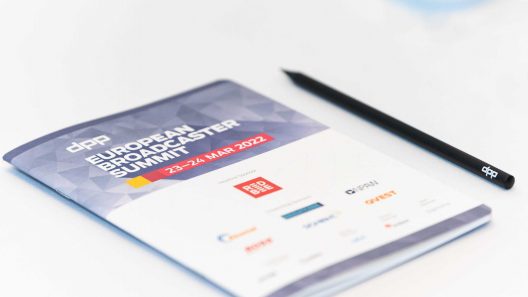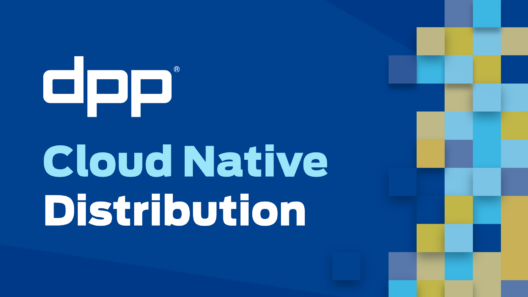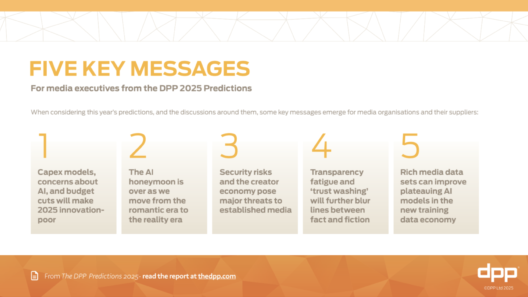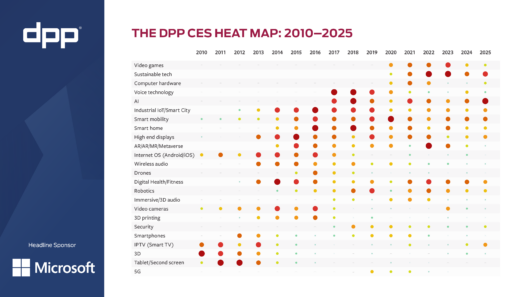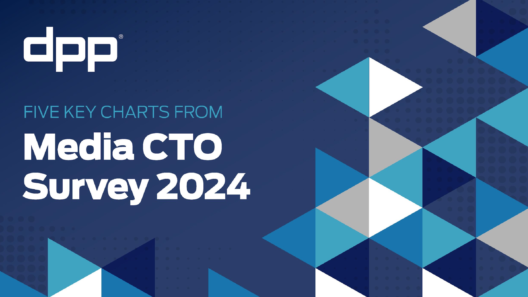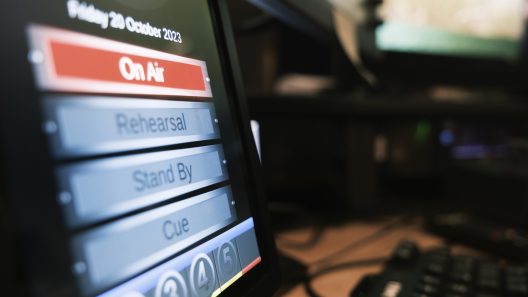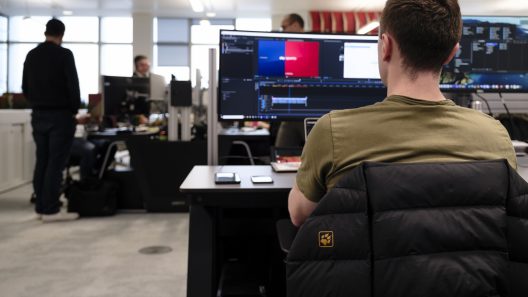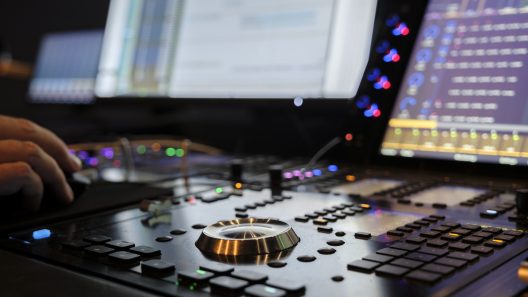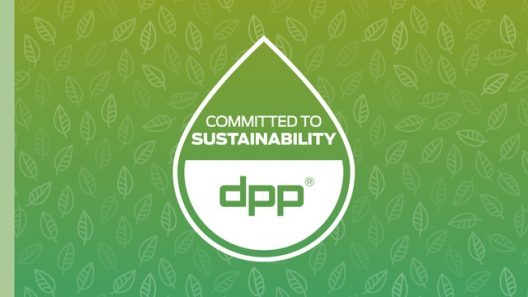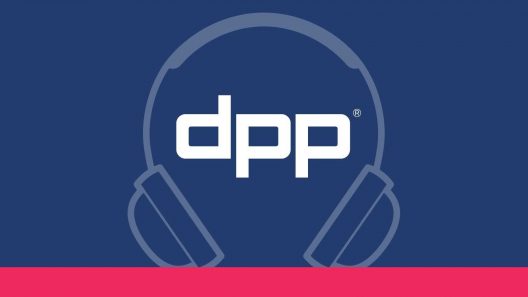The DPP is famous for making the transition to file-based delivery a reality, by developing a family of specifications built on AMWA AS-11. We still do some work on AS-11 (including the launch of North American and UHD variants in the past year!), but recently we’ve been talking a lot about the Interoperable Master Format, or IMF. So sometimes people ask me, does that mean that IMF will replace AS-11?
The short answer is: no. Read on to find out why…
What’s the difference between AMWA AS-11 and IMF?
AMWA AS-11 is often referred to as an air-ready master format. That means it’s designed for the delivery of programmes that are ready to go to air. The AMWA AS-11 file contains a single variant of a complete programme, which need not be changed or transformed again before it’s broadcast.
In many broadcasters, the AMWA AS-11 file is delivered directly onto the playout server to be transmitted, without any transformation. And when the programme goes to the broadcaster’s VOD platform(s), the consumer renditions (in formats like HLS, DASH, etc) will probably be generated directly from the AMWA AS-11 before delivery to the origin servers.
IMF is a different beast. It’s designed for mastering and versioning; processes which often happen before that air-ready master is created. An original version of the programme will be mastered in IMF, and other versions created from this, all within the IMF ecosystem. In one package, we can manage all the different edits and localisations of the programme. This is in contrast to the one file = one version of one programme approach of AMWA AS-11.
How do AS-11 and IMF work together?
IMF and AS-11 are highly complementary. If you master and version your content in IMF, you’ll probably need different outputs for the downstream processes, and AS-11 will likely be one of them.
While it’s of course possible to have a playout server that plays IMF CPLs, it would probably not be very desirable. Instead, you take your CPL (Composition Play List – which defines one version of your programme in IMF) and transform it to create a flattened file such as AMWA AS-11. Then you deliver that AMWA AS-11 to where it needs to go – ultimately to playout.
Who does the conversion?
You might be wondering, who creates the AS-11 from the IMF master? The producer? The distributor? The broadcaster?
The answer is dependent on the business arrangements in place. If the broadcaster has commissioned a show and retains the rights to store, reversion, and reuse the content, then they’re likely to want to receive the IMF package. They’ll create whatever outputs they need from it – including AMWA AS-11.
But if a broadcaster has only acquired short term rights to transmit a single version of a programme, they’ll likely just want a file they can send straight to playout. So the distributor or production company would be asked to deliver them an air-ready master, which they’d create from the IMF master.
How is the conversion done?
The conversion of content from IMF to AMWA AS-11 – or any other format for that matter – can be done in one of two ways. The first is to use a CPL and its associated media as inputs to a transcoder that is built to understand IMF. This works, but has limitations.
The second is to use a feature of IMF called OPL – or Output Profile Lists. OPLs define automated transformations of content to allow it to be output from IMF into other formats.
You won’t be surprised to hear that OPLs for transforming to AMWA AS-11 are something the DPP is working on! You can read more in the previous blog post.
Get involved
If you’re a DPP member and would like to participate in our IMF work, or if you'd like to discuss membership for your company, contact Rowan.
